Food Stamps Reveal Possible Path
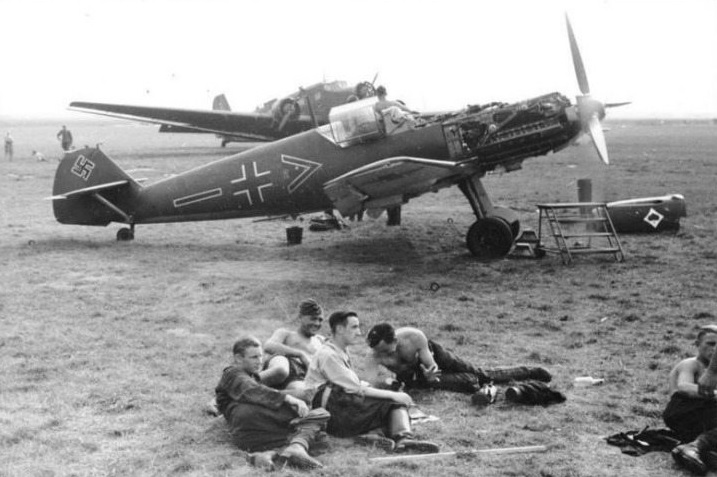
The fact that there was only a single German plane ever found in that area and the food stamp helped in finding a lot of the events that occurred at that time. As the food stamp indicated the fact that the pilot had taken off from the training base and told a lot about the close of the war. But, the identity of the pilot was still left to be unraveled.
Crucial Artifacts
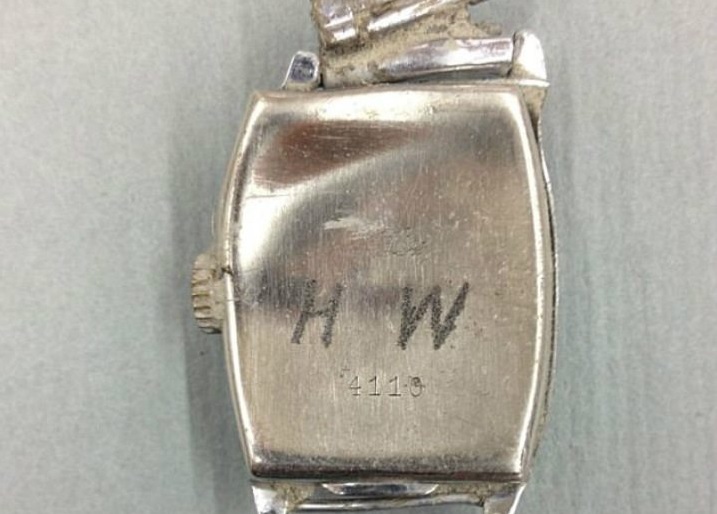
There were some pieces of evidence which hinted the pilot’s identity. Such as his service record found on the excavation. “It was not in one piece, but it was enough to read his name,” Sarauw explained. The most significant was a watch with the pilot’s initials on it. These things paved the way for discovering more about the pilot.
Story Behind Mystery Pilot
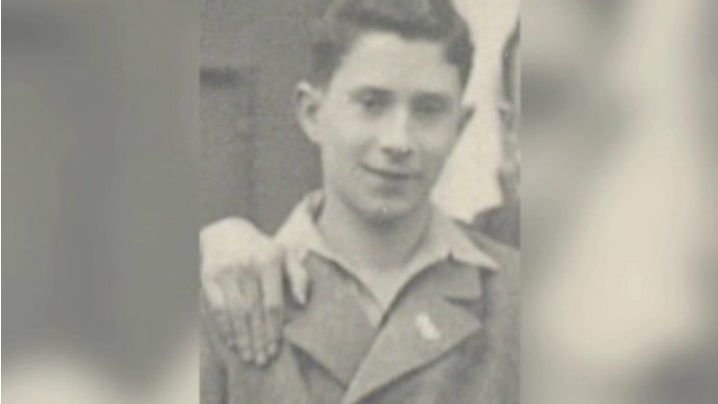
Finally, the authorities had the answer which they desperately sought for. The German information office Deutsche Dienststelle revealed that the crash took place on October 10, 1944, and the pilot’s name was Hans Wunderlich. The flight log, bones and, the food stamps had helped them a lot in finding out this fact.
Abandoned Search
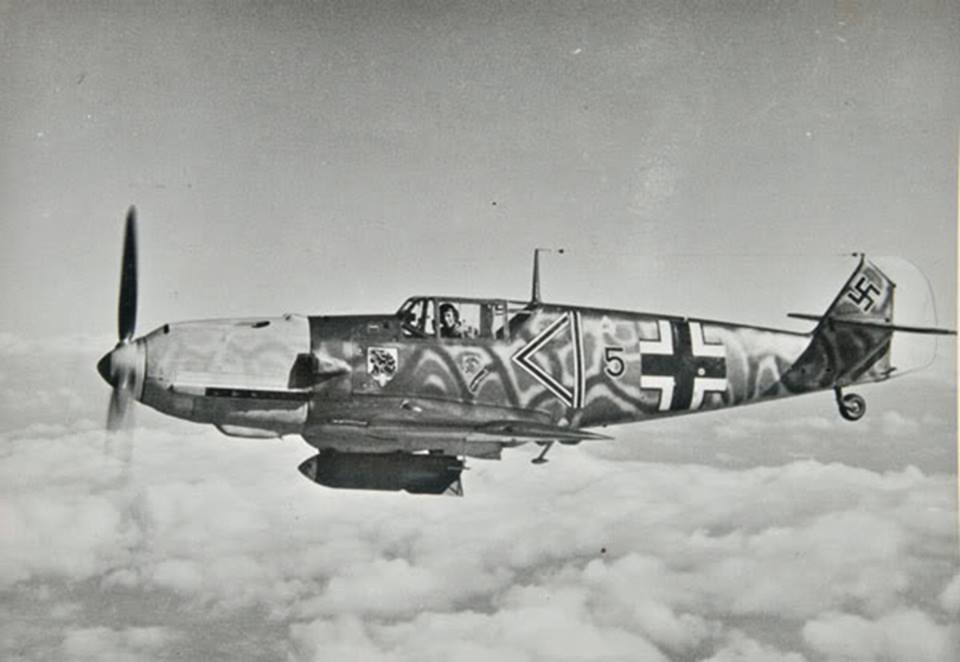
According to the records, the pilot hailed from Neusorg a town in Bavaria and was born in the year 1925. They were unable to trace the cause of the fatal crash with the records only stating that it took place in a marshy field and no longer the recovery efforts were made.
Rare Case
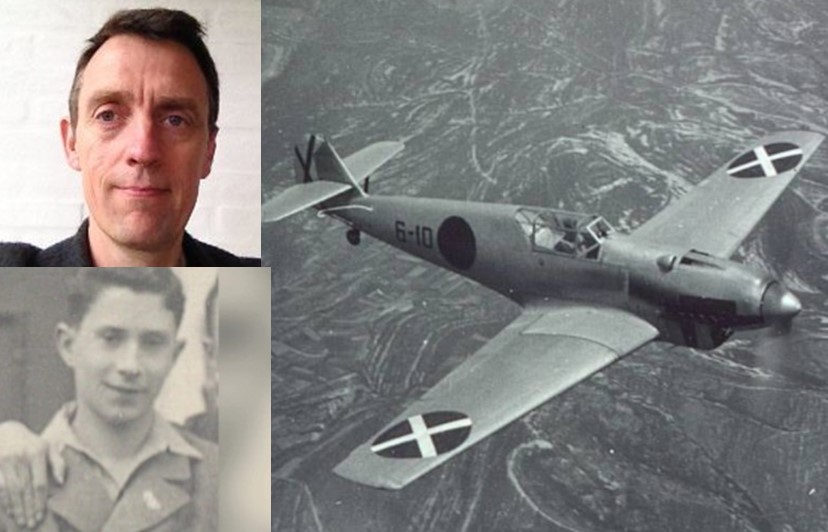
It is a very strange case of the German’s not collecting the plane. According to Sarauw, the Germans knew that the mission was “in vain” and hence did not make any efforts in recovering the pilot or the carcass of the plane.So, Klaus’ grandfather was wrong when he told that the plane had been taken away.
Danish Records Reveal More

The authorities decided to publish the deceased pilot’s name in the Daily Nordjyske. The reason being their prediction of having the remains of the boy in a war cemetery in Denmark. But, after they gained more information about the pilot they dropped their plans. But, why?
